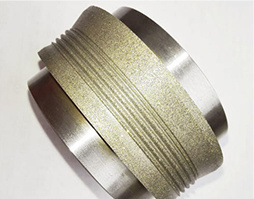Tips to note when using a diamond dresser
Category: Industry News
Nov 08,2021
UsageDiamond dresserPrecautions:
1. Before using a new diamond dresser, it should be withdrawn from the last feed of dressing. Many brittle diamond dressing tools are prone to damage when they first contact the grinding wheel.
2. Install the diamond dresser at an angle of 10-15°, pointing in the direction of the grinding wheel's rotation.
3. Securely install the diamond dresser and do not let the tool head hang for too long.
4. If possible, use coolant as much as possible. During the entire dressing process, infuse coolant between the dressing tool and the grinding wheel's contact surface.

5. Start dressing with the diamond dresser from the high point of the grinding wheel, usually from the center of the wheel.
6. Pay attention to fine adjustments. Coarse trimming depth: 0.001-0.002 inches; finishing: 0.0005-0.001 inches.
7. Choose an appropriate lateral movement speed according to relevant manuals. The slower the lateral movement speed (within allowable limits), the lower the surface roughness of the grinding wheel.
8. Dress the grinding wheel at specified time intervals to prevent it from becoming dull and increasing grinding force.
9. Rotate the diamond dresser tool in the tool holder by 1/8 turn at specified time intervals to ensure that it remains sharp.
10. When the diamond dresser or tool head becomes dull or noticeably flat, it should be adjusted or replaced in a timely manner.
11. Choose an appropriate carat amount (pure diamond content) based on grinding wheel diameter. The larger the diameter of the grinding wheel, the larger carat value of diamonds selected.
Diamond dresser放在刀架上时,注意不要碰到砂轮表面。2、金刚石修整器单点不能与砂轮中心垂直对齐,一般需要倾斜10-15°。3.热修整工具不能“淬火”。在干式修整中,修整之间的间隔需要持足够长,以冷却热修整工具。4、不能假设砂轮表面完全平坦。修整开始时,找出砂轮高点进行修整。5、如果可能,每个砂轮的移除量不得超过砂轮半径的0.001英寸。过度修整会导致金刚石修整工具头过早磨损和频繁破损。6、太小的余量不能每次都修复,旧机床或刚性差的机床上使用的砂轮不得修整。7、修剪时注意不要在一个位置停留太久。这会抛光砂轮表面,产生高温并损坏金刚石修整工具,每天至少转动敷料工具一次。8、不要继续使用磨损或损坏的敷料工具,应及时调整或更换。9、粗选时不允许选择过度大修和横向进给速度过快,精选时选择小修和横向进给速度过慢,这会很快损坏金刚石修整工具。如果可能,建议粗切和精切选择相同的横向进给速度。
Related Articles
Aug 16,2021
Mar 18,2022
Aug 16,2021
Aug 16,2021
Aug 27,2021
Aug 27,2021







